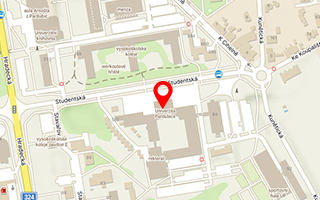Publikace detail
Návrh metodiky pro systémovou implementácii TSI pre dráhové vozidlá
Autoři:
Magdechová Katarína | Široký Jaromír | Nachtigall Petr | Široká Pavlína
Rok: 2020
Druh publikace: ostatní do riv
Název zdroje: Grant journal
Strana od-do: 126-133
